Table of Contents
Introduction
Have you ever tasted a bread so golden and fragrant that it feels like you’re biting into a piece of sunshine? 🌞 That’s saffron bread for you! Known for its glowing yellow hue and subtly sweet flavor, saffron bread is more than just a treat—it’s a celebration in loaf form.
Whether it’s served during Swedish Lucia Day, Cornish tea times, or just a cozy weekend bake, saffron bread has a magical way of bringing warmth to the table. But what makes this golden bread so special? Where did it come from? And how can you make it at home?
Let’s dive into the fascinating world of saffron bread, where history, culture, flavor, and tradition meet in a swirl of golden goodness.
“Saffron bread isn’t just food—it’s heritage you can taste.”
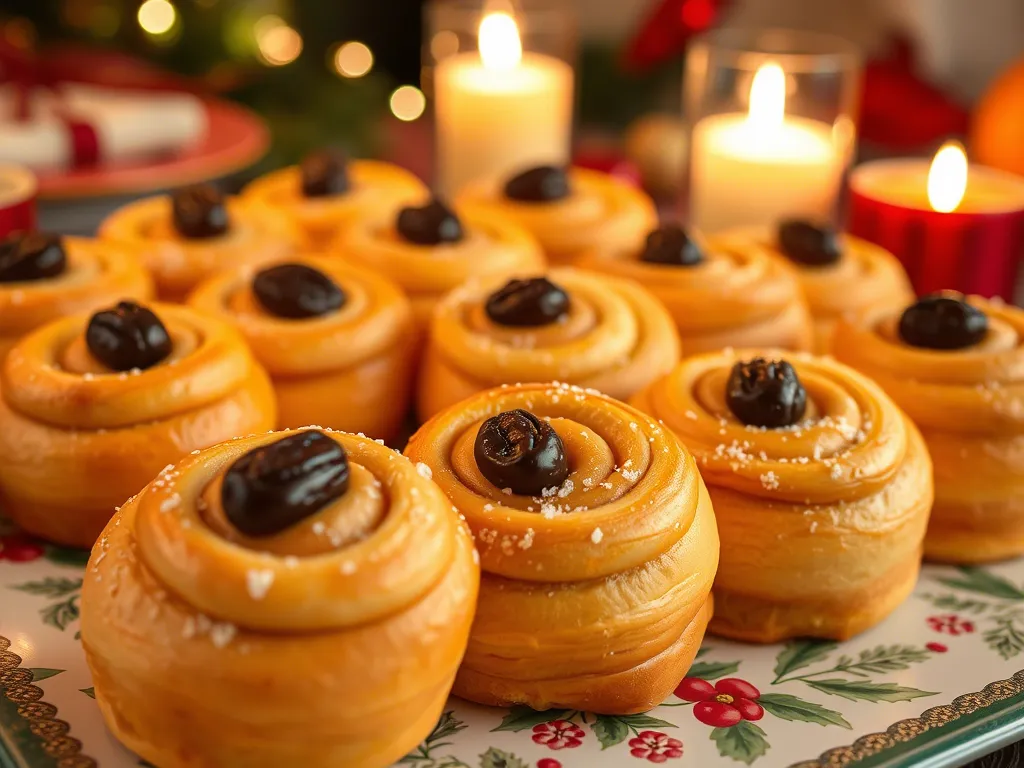
The Origins and History of Saffron Bread
The Ancient Roots of Saffron Use
Before it ended up in your bread, saffron had a rich story of its own. 🌺 This vibrant spice comes from the stigma of the Crocus sativus flower, and it’s been prized for thousands of years—for dyeing clothes, flavoring food, and even in ancient medicine. Egyptian pharaohs used it. So did Roman cooks. And it was considered more valuable than gold in some cultures. No joke!
From Medieval Europe to Modern Kitchens
Fast-forward to medieval Europe—this is where saffron bread starts to shine. Saffron was introduced to European baking through trade and conquest, eventually finding its way into Cornish saffron buns in England and Lussekatter (saffron cats) in Sweden..Salpores De Arroz
In Cornwall, it’s said that Phoenician traders brought saffron to the shores as early as 500 BC. In Sweden, saffron bread became tied to St. Lucia’s Day (December 13th), symbolizing light in the darkest time of the year. This golden bread became a way to literally and spiritually bring brightness to homes. ✨
Cultural and Religious Significance
Saffron Bread in Swedish “Lussekatter” Traditions
In Sweden, saffron bread takes a special shape: spirals, crosses, and figure-8s known as Lussekatter. These are made to honor St. Lucia, a symbol of light and hope. On Lucia Day, children dress in white robes, sing carols, and serve saffron bread by candlelight. It’s one of Sweden’s most beloved holiday traditions.
“Saffron bread at Lucia is like pumpkin pie at Thanksgiving—you simply can’t skip it.”
Celebrations and Symbolism Across the Globe
But saffron bread isn’t just a Scandinavian star. In Cornwall, saffron buns are a staple in local bakeries and tea shops, often served with clotted cream. In Italy, saffron bread sometimes appears in sweet holiday breads, too. And across cultures, saffron bread has come to represent joy, light, and luxury—especially during festive seasons.
What Makes Saffron Bread Special?
Saffron – The World’s Most Expensive Spice
Saffron is often called “red gold”, and for good reason. Each crocus flower yields only three threads of saffron, and it takes about 75,000 flowers to produce just one pound. 🌸 That’s some serious luxury.
And the flavor? Think earthy, floral, and slightly honeyed. When saffron is added to bread dough, it doesn’t just color it—it transforms it.
“A pinch of saffron turns ordinary dough into something extraordinary.”
Texture, Color, and Aroma
Saffron bread is soft, tender, and lightly sweet. Its golden yellow crumb is unmistakable, and its aroma—oh, that aroma—is warm, inviting, and just a little exotic. It’s a full sensory experience. 👃👀🍞
Nutrition Profile of Saffron Bread
Calories and Macronutrients
Saffron bread is typically enjoyed in moderation as a treat or celebration food. It’s not diet bread, and it’s not pretending to be. That said, it offers a mix of carbs, fats, and a bit of protein—especially when eggs and milk are included in the dough..Kardashian Crumbl Cookie
Here’s a look at the approximate nutrition per serving (1 medium slice):
| Nutrient | Amount |
|---|---|
| Calories | 220 kcal |
| Carbohydrates | 36g |
| Protein | 5g |
| Fats | 7g |
| Saturated Fats | 3g |
| Sugar | 8g |
| Fiber | 1g |
| Sodium | 180mg |
While it’s not exactly a superfood, saffron itself does have some notable health perks.
Health Benefits of Saffron
Saffron contains compounds like crocin and safranal, which are believed to have antioxidant, mood-lifting, and even memory-enhancing properties. So while saffron bread is a treat, it also delivers a sprinkle of wellness. 🧠❤️
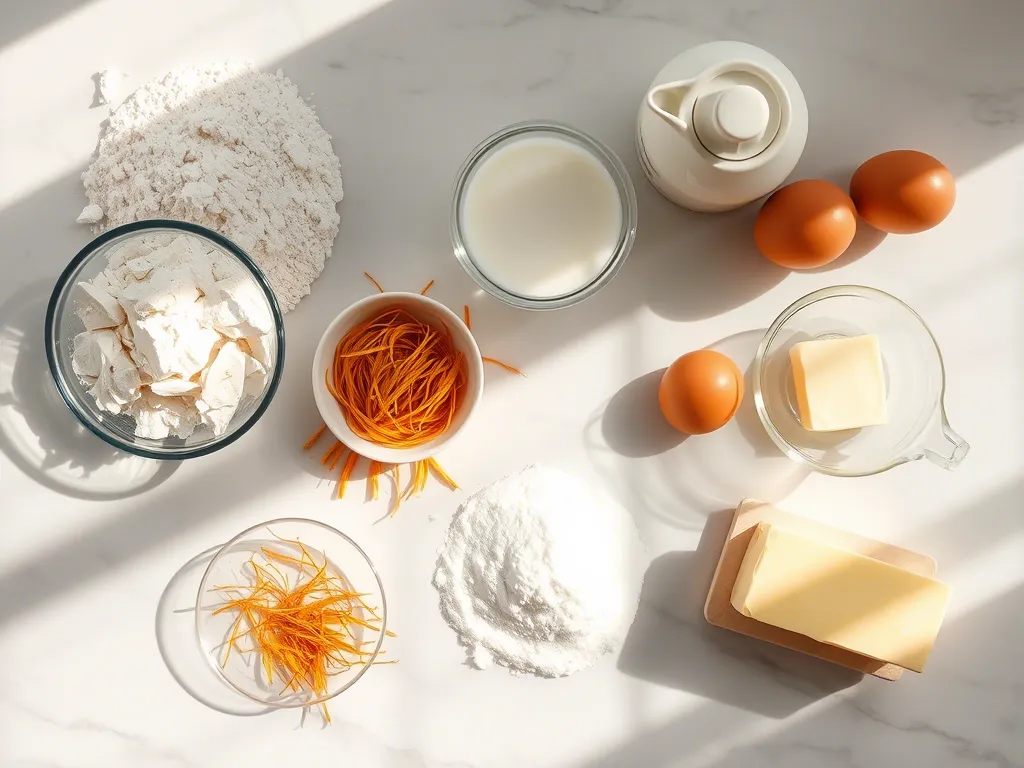
Ingredients You Need for Authentic Saffron Bread
Traditional Ingredients List
Want to bake your own saffron bread at home? Start with these must-have ingredients:
| Ingredient | Quantity |
|---|---|
| All-purpose flour | 4 cups (480g) |
| Milk (warm) | 1 1/4 cups (300ml) |
| Unsalted butter | 1/2 cup (113g) |
| Granulated sugar | 1/2 cup (100g) |
| Active dry yeast | 2 1/4 tsp (1 packet) |
| Salt | 1/2 tsp |
| Eggs | 2 large |
| Saffron threads | 1/2 tsp (crushed) |
| Raisins (optional) | 1/2 cup (75g) |
Substitutions and Alternatives
- No saffron? Try turmeric for color (though it won’t match the flavor).
- Dairy-free? Use plant-based milk and margarine.
- No raisins? Swap with dried cranberries or leave them out entirely.
Step-by-Step Recipe: How to Make Saffron Bread at Home
Ready to turn your kitchen into a golden bakery? Let’s walk through the process of making saffron bread from scratch. It’s not hard—just magical..Blueberry Cottage Cheese Breakfast Bake
💡 Pro Tip: Always soak your saffron in warm liquid first to release its full flavor and color!
Preparing the Dough
Ingredients Prep
- Infuse the saffron:
Crush saffron threads gently with the back of a spoon. Soak them in 2 tablespoons of warm milk for about 10–15 minutes. This step unlocks that glorious golden hue and floral aroma. - Activate the yeast:
In a small bowl, mix warm milk (not hot!) with a teaspoon of sugar and the yeast. Let it sit for 5–10 minutes until frothy. This means your yeast is alive and kicking! 🧫✨ - Mix the dough:
In a large bowl, combine flour, sugar, and salt. In a separate bowl, whisk together the infused saffron milk, eggs, melted butter, and the yeast mixture. - Combine and knead:
Pour the wet ingredients into the dry mix. Stir until it comes together, then knead for 8–10 minutes until the dough is smooth and elastic.
🧠 “If the dough feels like a baby’s bottom, you’re doing it right.”
- Let it rise:
Cover the dough with a clean cloth and let it rise in a warm place for 1 to 1.5 hours until it doubles in size.
Shaping and Baking Techniques
- Shape the dough:
Punch down the dough gently. Divide it into portions and shape it into buns, braids, or the traditional Lussekatter ‘S’ shape. Add raisins for eyes if you like! - Final rise:
Place the shaped dough on a baking sheet lined with parchment. Cover and let rise again for 30–45 minutes. - Bake it golden:
Preheat your oven to 375°F (190°C). Brush the tops with an egg wash and bake for 15–20 minutes until beautifully golden. - Cool and enjoy:
Let the bread cool slightly on a wire rack before diving in. It’s best eaten warm with butter or jam. 😍
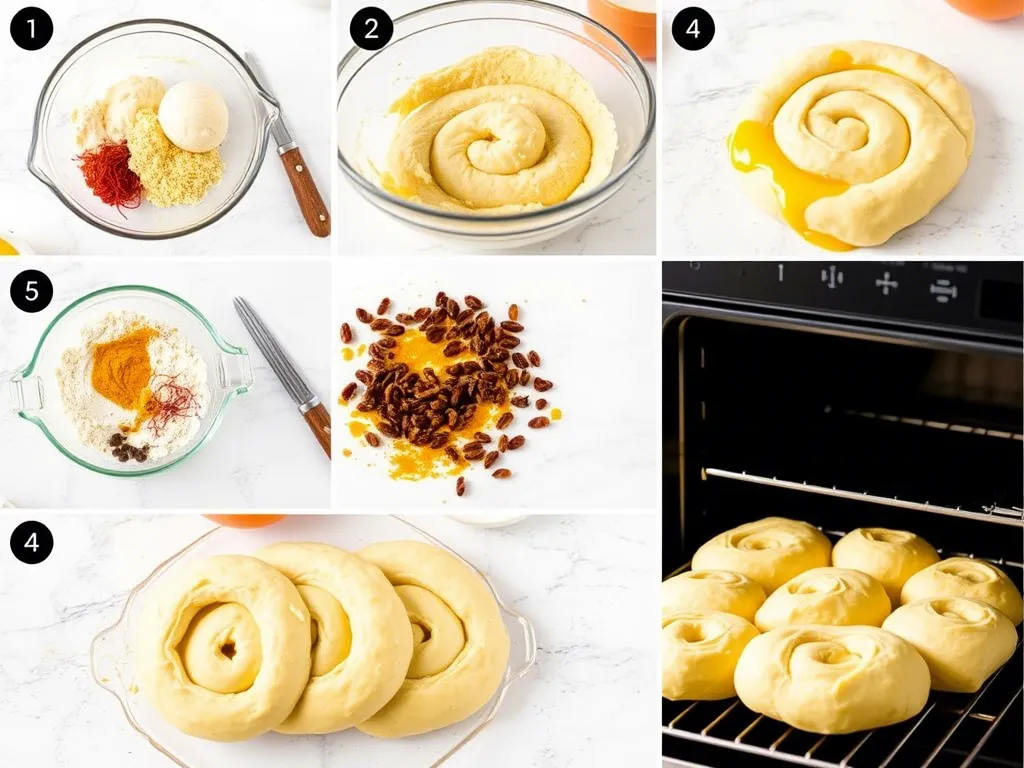
Tips for Baking Perfect Saffron Bread Every Time
Common Mistakes and How to Avoid Them
Mistakes happen—especially in baking. Here are a few common hiccups and how to steer clear:
| Mistake | Solution |
|---|---|
| Using too much saffron | A little goes a long way—don’t overdo it! |
| Overproofing the dough | Watch it closely; don’t let it collapse. |
| Dry, crumbly texture | Add enough fat (butter or oil) to stay moist. |
| Not blooming the saffron first | Soak it! That’s where the flavor blooms. 🌼 |
Expert Advice for Soft and Fluffy Texture
- Use bread flour for a chewier texture.
- Add a bit of milk powder for a richer crumb.
- Knead with love—this develops gluten for that satisfying stretch!
✨ “Baking saffron bread is part science, part art, and 100% love.”
Variations of Saffron Bread Around the World
Swedish Lussekatter
These are shaped into spirals and traditionally eaten on December 13 for St. Lucia Day. Lightly sweet, golden yellow, and dotted with raisins—they’re iconic.
Cornish Saffron Buns
In Cornwall, saffron bread appears as smaller buns or loaves. These are denser and sweeter than Swedish ones and often served with clotted cream. 🇬🇧
Modern Twists and Fusion Recipes
- Saffron cinnamon rolls (yes, it’s a thing 😋)
- Vegan saffron bread using oat milk and vegan butter
- Stuffed saffron bread with nuts or chocolate!
Serving Suggestions and Pairings
Best Times to Serve Saffron Bread
- Christmas morning or holiday brunch 🌲
- Afternoon tea or fika ☕
- Weekend breakfasts with jam and butter
Heading 3: Pairing with Beverages and Dips
| Pairing | Why It Works |
|---|---|
| Black tea | Cuts through the richness 🍵 |
| Coffee | Enhances the sweetness ☕ |
| Honey or orange jam | Complements saffron’s floral notes 🍊 |
Storage Tips and Shelf Life
How to Keep It Fresh for Longer
- Store in an airtight container at room temp for up to 3 days.
- Wrap in foil and keep in a bread box or drawer.
Can You Freeze Saffron Bread?
Absolutely! ❄️ Slice it, wrap it tightly, and freeze for up to 3 months. Toast or warm in the oven before serving for fresh-out-the-oven vibes.
🧊 “Freezing saffron bread is like hitting the pause button on a delicious moment.”
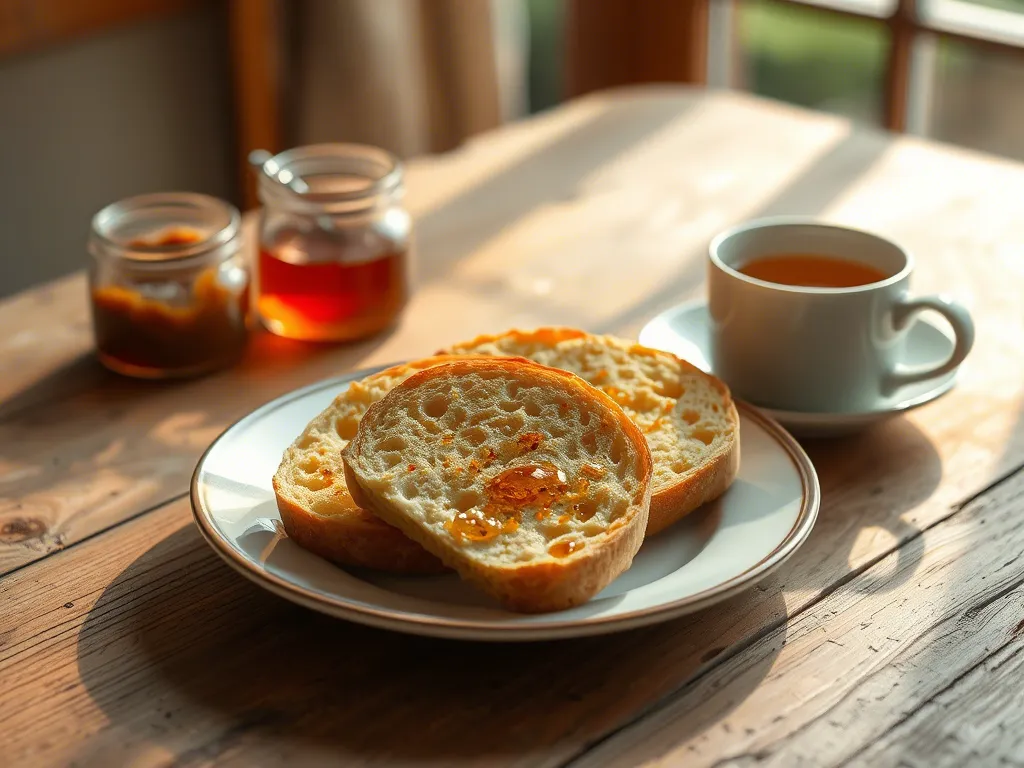
Frequently Asked Questions
Is saffron bread sweet or savory?
Traditionally, it’s lightly sweet—not a dessert, but not plain bread either. Think of it like a cross between challah and brioche with a floral twist.
Can I make saffron bread without saffron?
Technically yes—but it won’t be saffron bread anymore! You can sub with turmeric for color, but the flavor won’t be the same.
How long does it take to prepare?
From start to finish, it takes about 3 hours, including rising and baking time.
Is it gluten-free or can I make it gluten-free?
The classic recipe contains wheat flour, but you can try a gluten-free flour blend designed for yeast baking. Results may vary!
What’s the difference between Lussekatter and saffron bread?
Lussekatter are a Swedish version of saffron bread, shaped like curled-up cats or spirals, and tied to St. Lucia Day.
Conclusion: Why Saffron Bread Deserves a Place in Your Kitchen
There’s a reason saffron bread has been loved for centuries—it’s beautiful, flavorful, and tied to rich traditions. From its ancient spice roots to festive shapes and golden glow, this bread is truly one-of-a-kind.
Whether you bake it for a special holiday or a weekend family brunch, saffron bread brings warmth, flavor, and connection to every table it touches. 💛 So go ahead—light up your kitchen with a loaf of gold!
“Saffron bread doesn’t just feed the stomach—it nourishes the soul.”
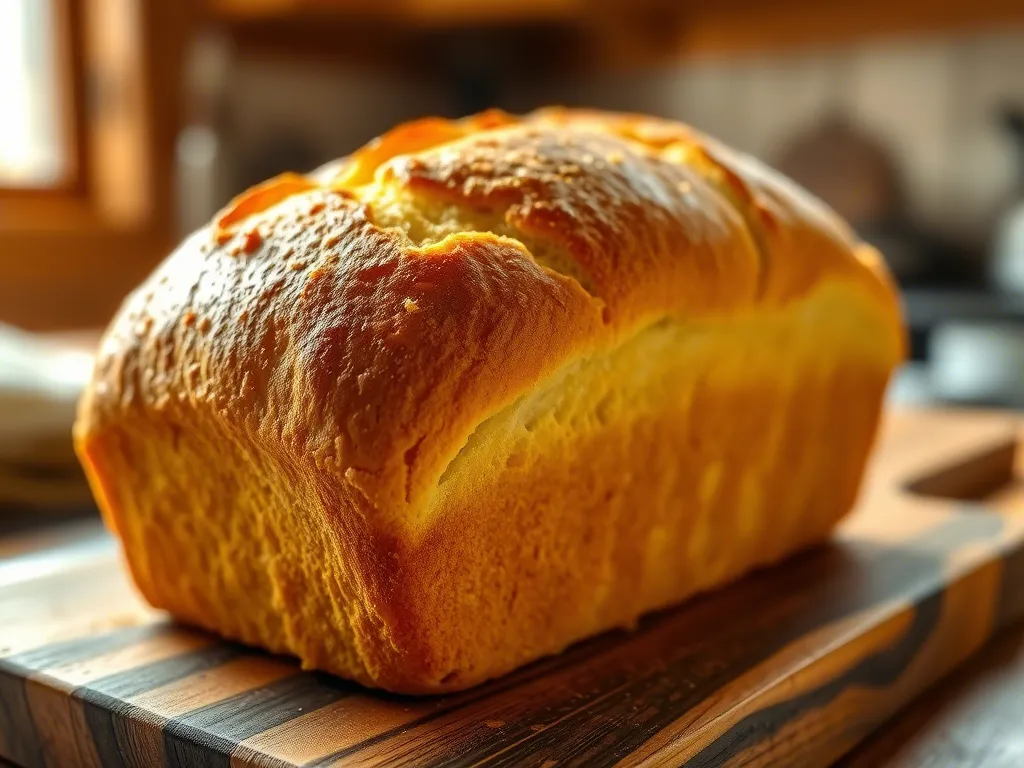
Name: Saffron Bread
Ingredients
Equipment
Method
- Instructions:
- Bloom the saffron:
- Crush saffron threads and soak in 2 tablespoons of warm milk for 10–15 minutes.
- Activate the yeast:
- Mix warm milk, 1 tsp of sugar, and yeast. Let it sit until frothy (5–10 minutes).
- Make the dough:
- In a large bowl, combine flour, sugar, and salt. In another bowl, whisk together the saffron milk, melted butter, eggs, and yeast mixture. Mix wet into dry until combined.
- Knead:
- Turn the dough onto a floured surface and knead for 8–10 minutes until smooth.
- First rise:
- Place the dough in a greased bowl, cover with a cloth, and let rise in a warm place for 1 to 1.5 hours or until doubled in size.
- Shape the dough:
- Punch down and divide the dough. Shape into buns, braids, or Lussekatter. Add raisins if desired.
- Second rise:
- Place shaped dough on a baking sheet. Cover and let rise again for 30–45 minutes.
- Bake:
- Preheat oven to 375°F (190°C). Brush with egg wash and bake for 15–20 minutes until golden brown.
- Cool and serve:
- Let the bread cool on a wire rack. Serve warm with butter, jam, or just as is!
Notes
For a richer color, you can soak the saffron in warm milk overnight. Swap raisins with dried cranberries for a festive twist. Store in an airtight container at room temp for up to 3 days or freeze slices for longer shelf life. Optional toppings: pearl sugar, sliced almonds, or glaze for a fancier finish.
